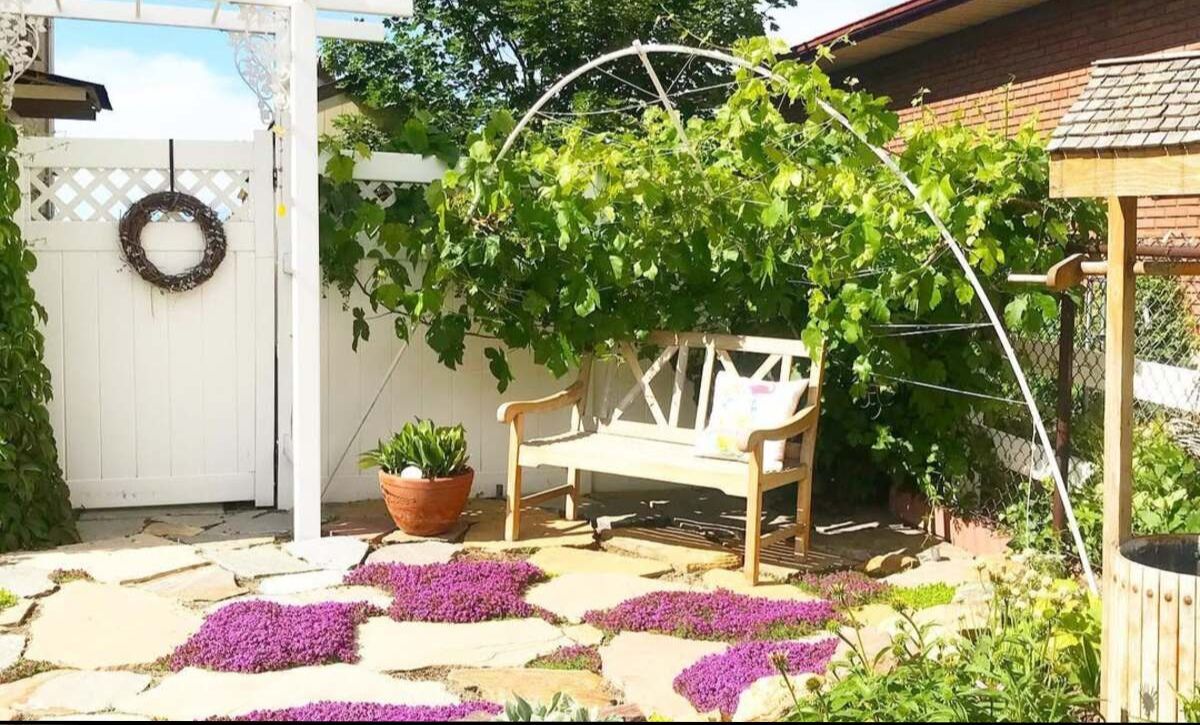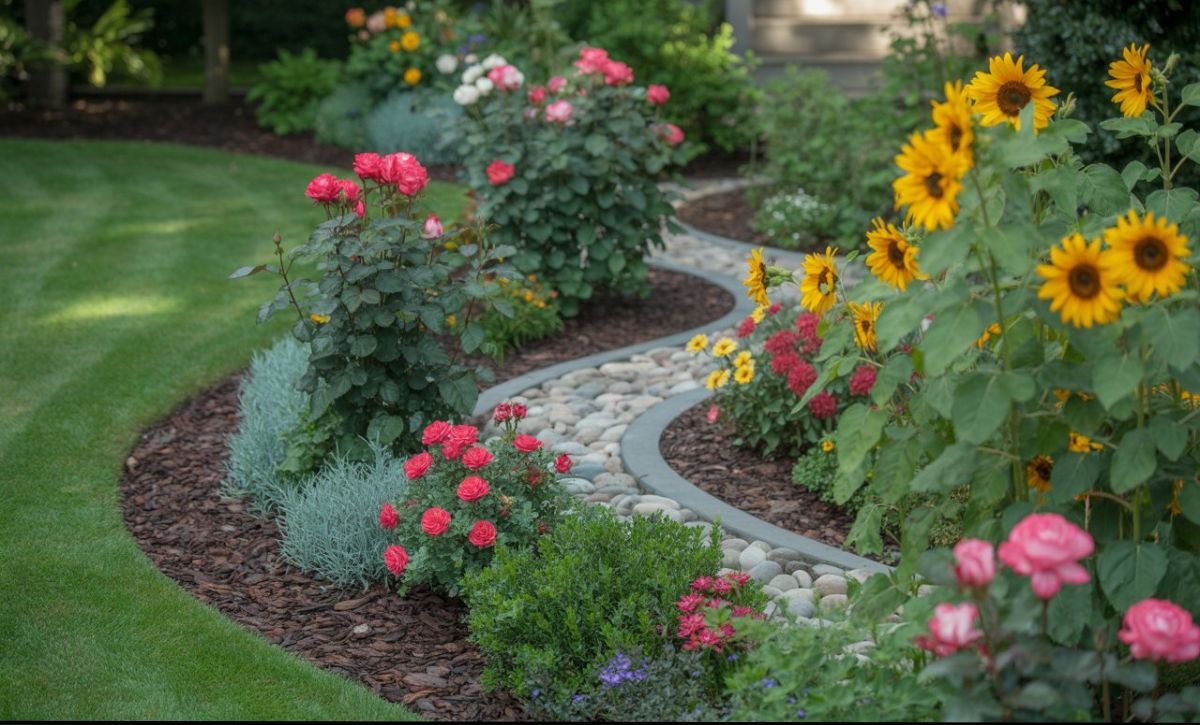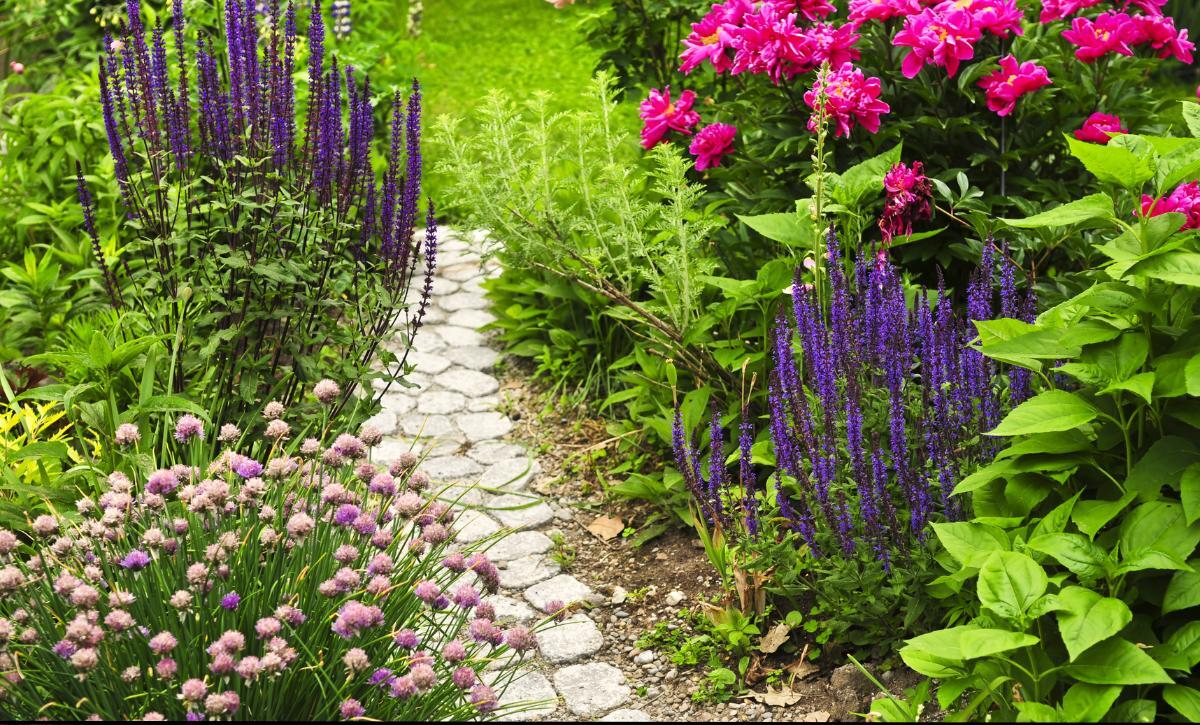Strawberries are some of the easiest plants to grow.
Under the right conditions, they’re also remarkably productive — with a small garden plot, you can get plenty of fresh fruit for desserts, preserves, and everyday snacking.
Whether you’re planting a whole field or a small vertical garden, get the most from your plants with these easy strawberry gardening tips.

Let’s make growing strawberries much easier with the following expert tips that even a beginner could easily implement in their strawberry growing plan.
Tip: You can get Eversweet Everbearing Strawberries Plants for as low as $10 – HERE
1. Get a Head Start on Planting
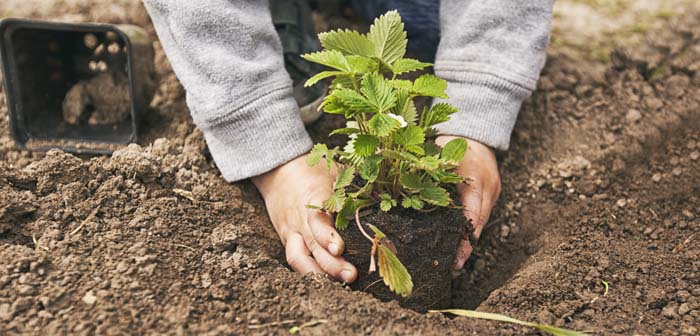
Strawberries are the perfect summer fruit — enjoy them for longer by starting the planting process early.
This is particularly important if you’re planting everbearing varieties, which produce two or three separate crops per summer.
The earlier you plant, the more strawberries you’ll get.
2. Spread Out the Strawberry Plants
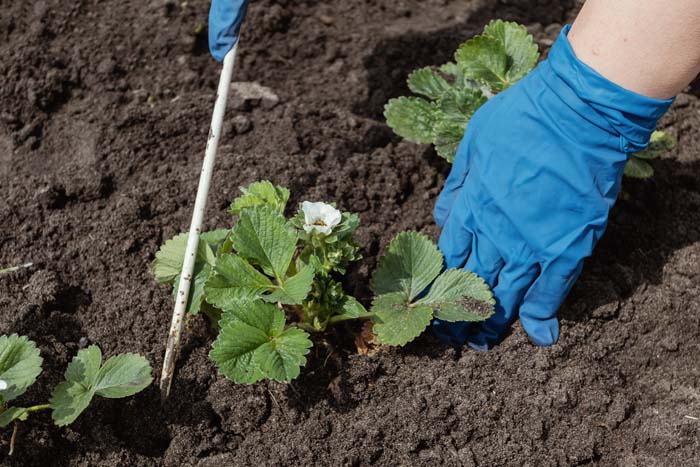
When it’s time to put your strawberry plants in the soil, give them plenty of space.
As a rule of thumb, 1 foot is the minimum recommended space between each plant in a row; some varieties need up to 2 feet of space.
Between each row, aim for a gap of about 16-20 inches.
3. Choose a Sunny Spot
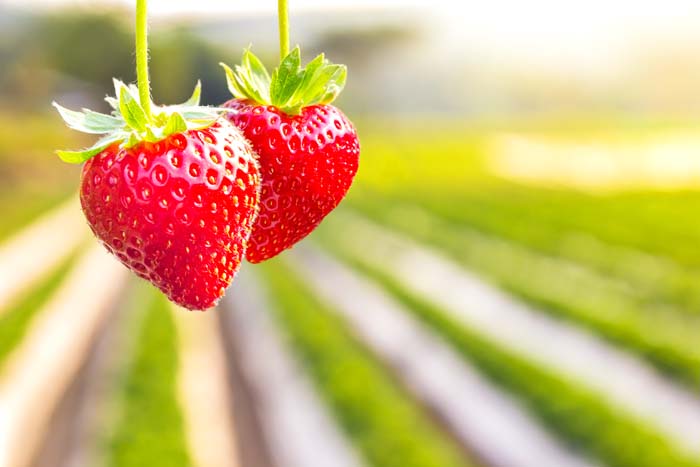
Like any plant, strawberries thrive under a certain set of conditions.
As you’re choosing a location for your berry crop, look for a spot that gets lots of full, direct sunlight.
The full sun enables the berries to grow quickly and the plants to produce to their maximum capacity.
4. Improve Growing Conditions with a Raised Strawberry Bed
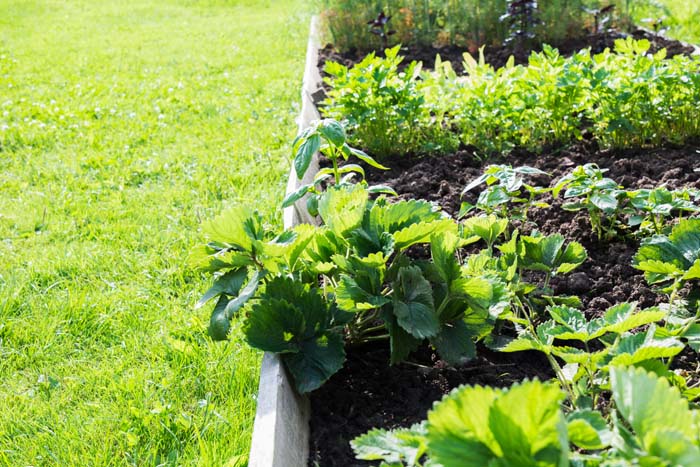
Are you dealing with poor soil?
You can still grow a healthy crop of strawberries — all you need to do is build a raised garden bed.
This strategy allows you to control a wide range of factors, from the quality of the soil to the pH balance.
You’ll also be able to add compost and a layer of straw to enrich the dirt and keep weeds at bay.
5. Boost Soil Drainage
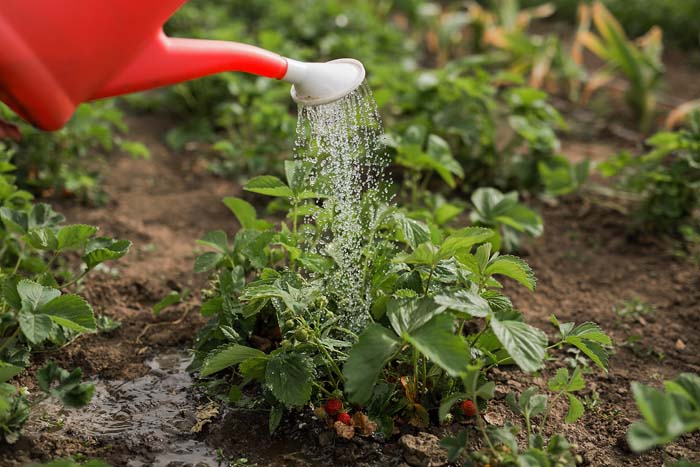
Moist soil helps strawberry plants thrive; drainage is equally important.
Well-draining soil ensures that water doesn’t pool and rot the root systems. To achieve better drainage, you can use mulch.
Alternatively, put each plant in its own raised mound to encourage aeration and a healthy moisture balance.
6. Fertilize Strawberry Plants
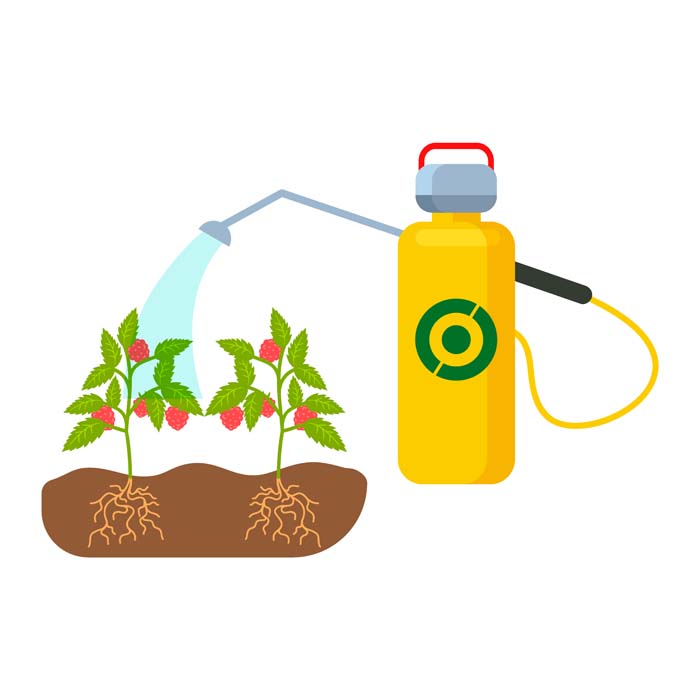
As your strawberry plants grow, nutrients like nitrogen help them stay strong.
That’s why it’s so important to fertilize the soil as soon the plants start to flower.
Since strawberries need potassium for the most delicious fruit, it’s a good idea to select a potash fertilizer.
You can get strawberry fertilizer on Amazon.
7. Cut Flowers and Cut Runners
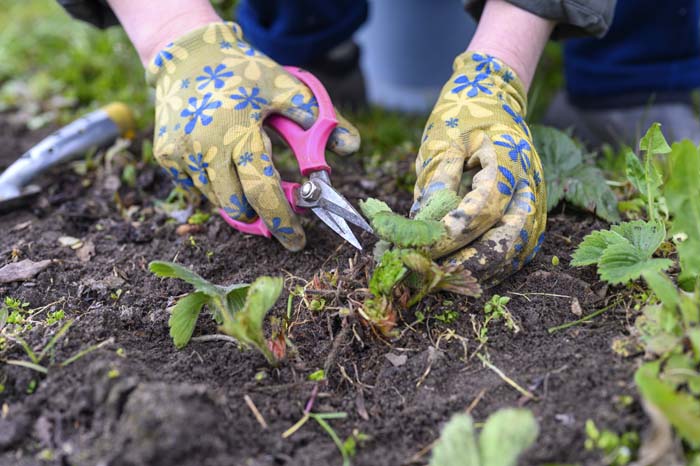
The first year that you plant a crop of June-bearing strawberries, it’s important to pinch off all of the blossoms.
This means that you won’t get fruit during the first season — the following year, however, your plants will be strong, fully developed, and ready to bear fruit. Do this until the beginning of July.
For everbearing strawberries, you can remove the blossoms until July. Then, they’ll start to produce their first crop of berries about one month later.
As your plants grow, you’ll notice that they produce long runners. Remove the runners and replant them in an empty section of the bed throughout the summer. This expands your crop and gives the plants plenty of room to breathe.
8. Include Multiple Types
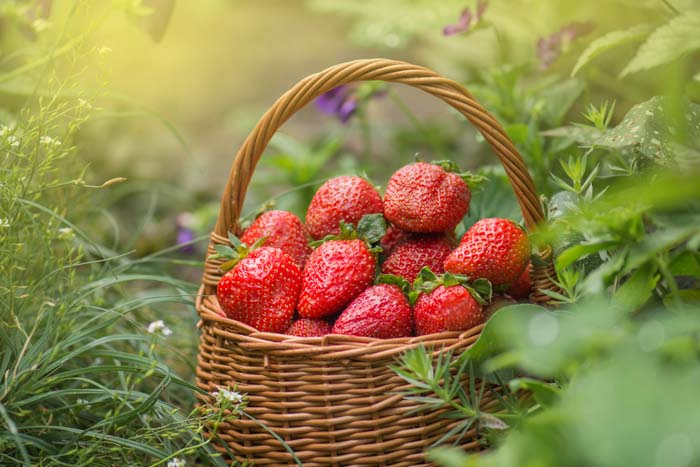
You may have noticed that strawberries come in different varieties.
To ensure the highest yield, plant multiple types. June-bearing strawberries produce one large crop.
Everbearing versions offer two or three crops, while day-neutral strawberries produce from June until the first frost.
For a different taste profile, try planting the smaller, distinctly flavored alpine strawberries.
9. Grow Plenty of Plants
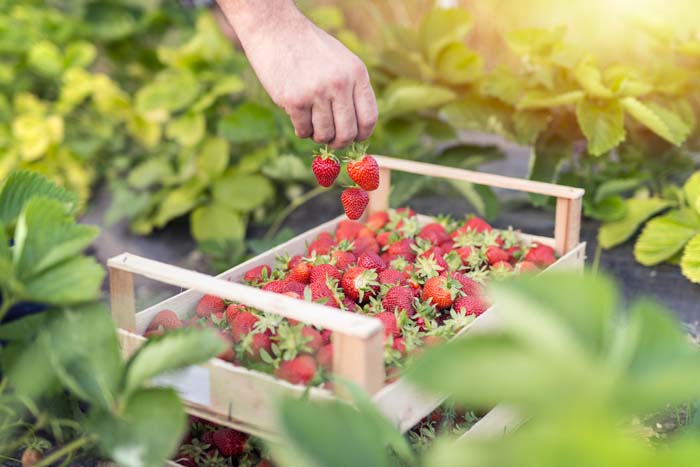
When you’re planning your garden, leave space for more plants than you think you’ll need.
As a general rule, aim for a minimum of five plants for each of your family members.
If you want to make preserves to enjoy from fall to spring, plant as many as you can fit in the plot.
10. Prevent Fungal Diseases
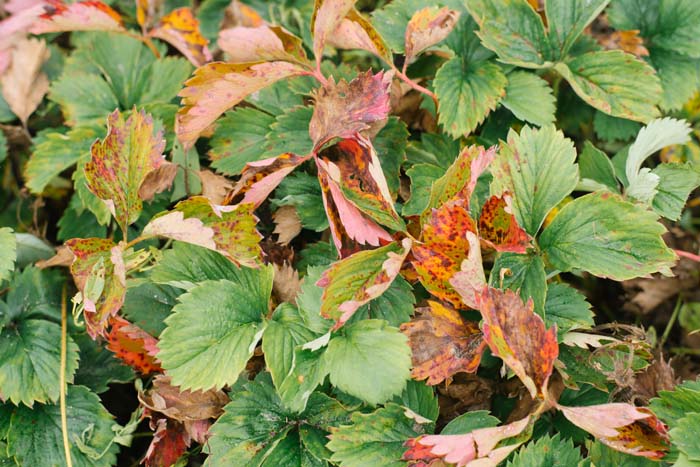
Strawberry plants can fall prey to common fungal diseases such as verticillium wilt or botrytis.
If this is your first crop, the easiest way to avoid this issue is to ask a local greenhouse for varieties that are fungi-resistant.
These plants aren’t foolproof, but they can get you started on the right foot.
11. Rotate Planting Sites
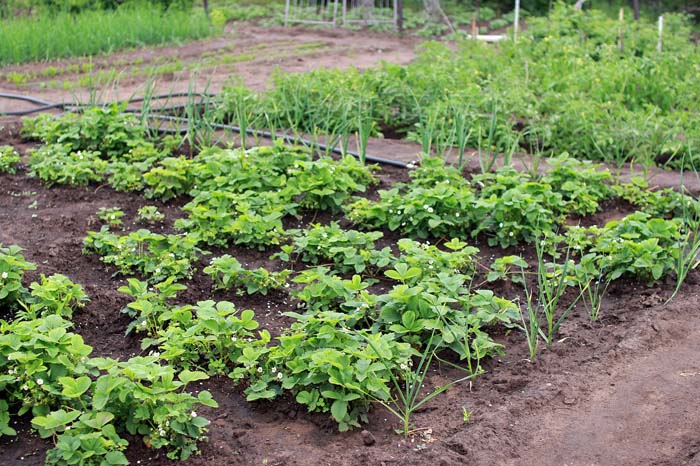
Another way to head off fungus problems is to practice crop rotation.
It sounds complicated, but the process is simple — all you need to do is move your crops to a new location each year.
For best results, avoid planting strawberries in beds that have been home to other fungus-susceptible plants, such as tomatoes and potatoes.
If you have an issue with a certain bed, let it sit for a growing season before putting in a new crop.
12. Upgrade Your Planting Soil
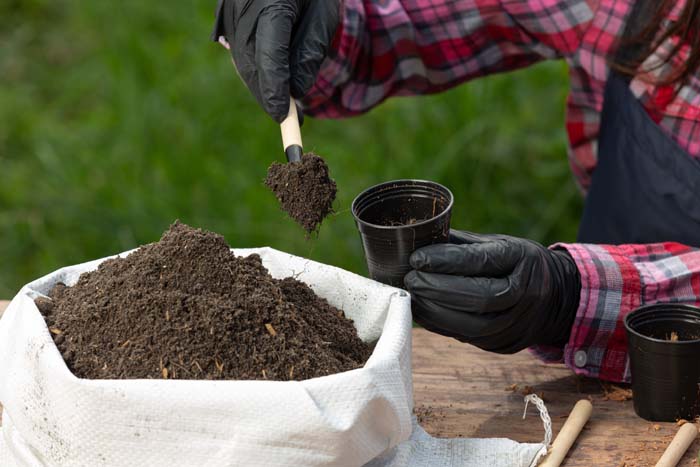
Rich soil goes a long way in nurturing your new strawberry plants, especially if you want them to thrive year after year.
To create a healthy environment for perennial strawberries, prepare the ground by adding compost.
In most cases, 3-5 inches of well-aged compost is plenty. You can use a bagged product or make your own for added sustainability.
13. Grow Strawberries in Matted Rows
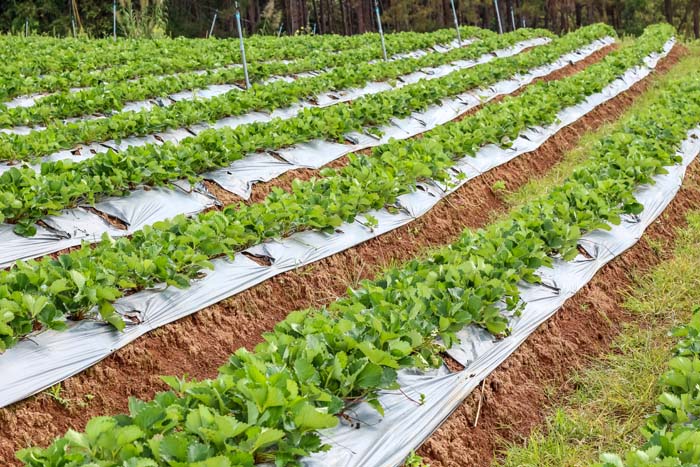
Remember how we suggested that you remove runners from the strawberry plants?
With the matted-row growing technique, you can skip that step.
This low-maintenance method is simple: plant the strawberries about 2 feet apart and let them loose. The runners will spread together, and your plants will thrive.
14. Till and Prepare the Soil Early
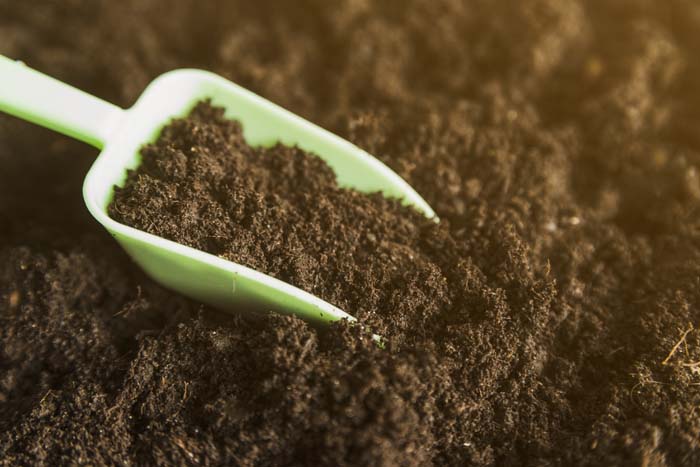
Strawberries are easy to grow, but they do require a bit of advance legwork.
If you think you might want to add berries to your garden, start the process a year in advance. Till the soil and add a cover crop.
Then, let nature do its work — in 12 months, your garden will be better prepared for strawberry plants.
15. Monitor the Acidity of the Soil
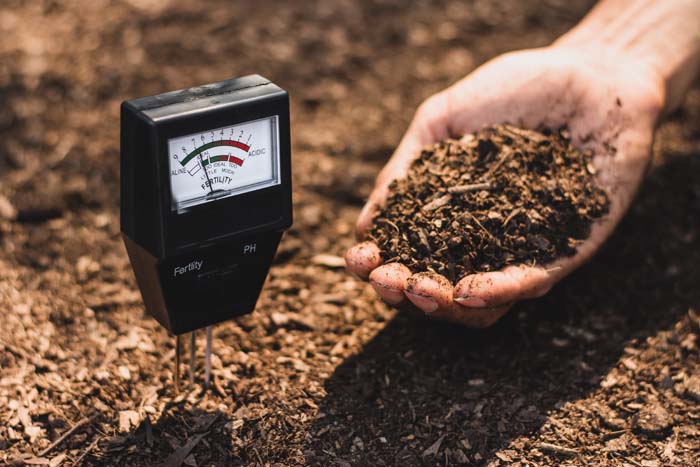
Did you know that different types of soil have different acidity levels?
Strawberry plants love soil that’s between 5.8-6.2 pH. You can buy a test kit from any gardening store.
If the soil is too acidic, add lime. If it’s not acidic enough, try adding manure, peat, or compost.
Get pH soil tester from Amazon.
16. Choose the Right Planting Conditions

Strawberries are hardy plants, with one exception — they should never be planted in bright sunlight.
To protect the roots, wait for a cloudy day or do your planting early in the morning.
If you can, get strawberries started in March. Don’t worry if that’s not possible; as long as the plants have plenty of water and sunshine, you can plant them all the way into the fall.
17. Dig Deep Holes
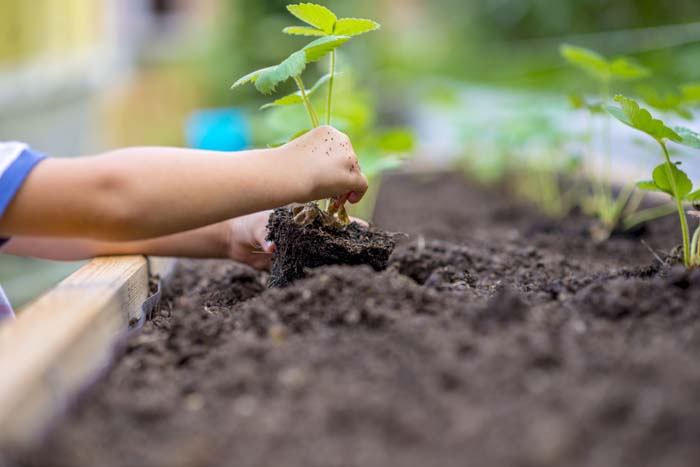
The foundation of a strawberry plant is its root system.
To give the roots lots of space to spread out, dig a hole that’s wide enough for each root to extend outward. Choose a depth that enables the tips of the greens to peek out of the soil.
If you’re planting strawberry crowns, 3 inches is usually deep enough. Tuck your crown into the hole, spread out the roots, and cover them with soil.
18. Encourage Growth with Mulch
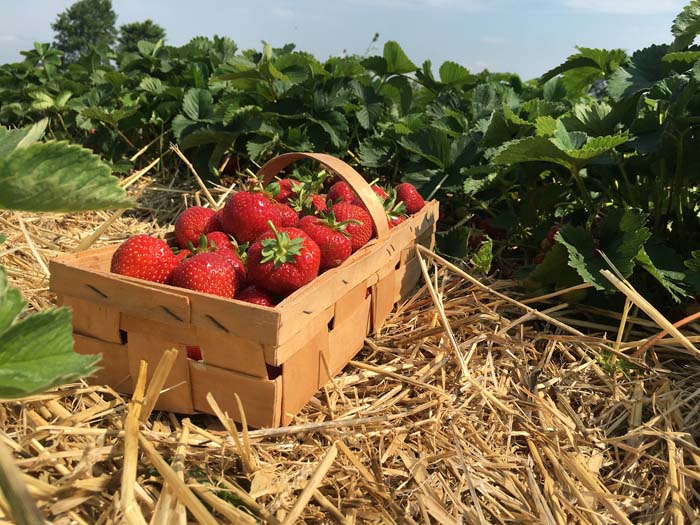
Weeds are a pesky addition to your beautiful bed of strawberries.
Fortunately, there’s an easy way to prevent them — add mulch, pine needles, or leaves beneath your plants.
It creates a protective barrier between the plants and the soil, keeping invasive species at bay and allowing better drainage.
19. Keep Critters Away
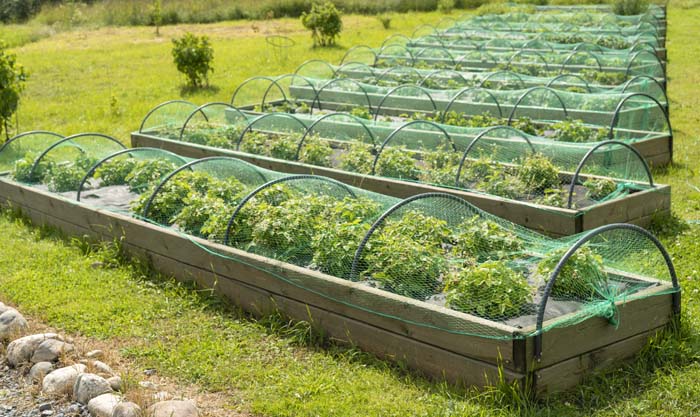
Are you noticing that birds are swooping down to snack on your strawberries?
Pick up a roll of netting the next time you’re at a plant nursery or home store. Stretch it out over the plants to keep the birds at bay.
Although it’s tempting to get this step over with in the beginning, wait until the berries start to grow. Covering too early can hinder the pollination process.
20. Get Ready for Canning
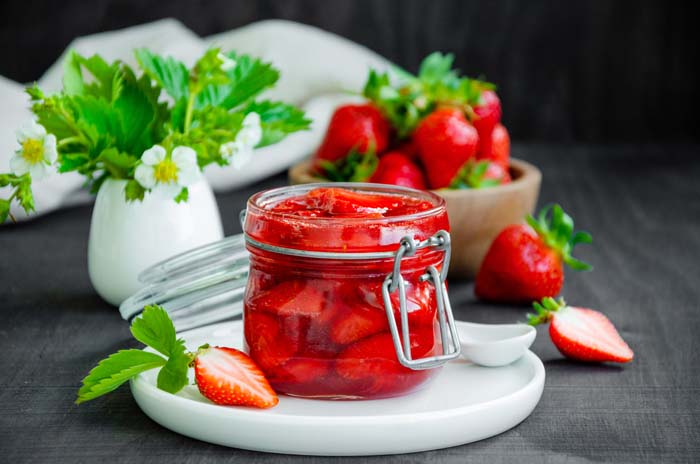
Want to enjoy your delicious homegrown strawberries all year?
There are plenty of ways to preserve them. For June-bearing varieties, the most efficient option is usually to make the berries into jam or jelly.
Save the fruits of your everbearing plants by freezing or dehydrating them in batches to use in desserts.
21. Make a Long-Term Growing Plan
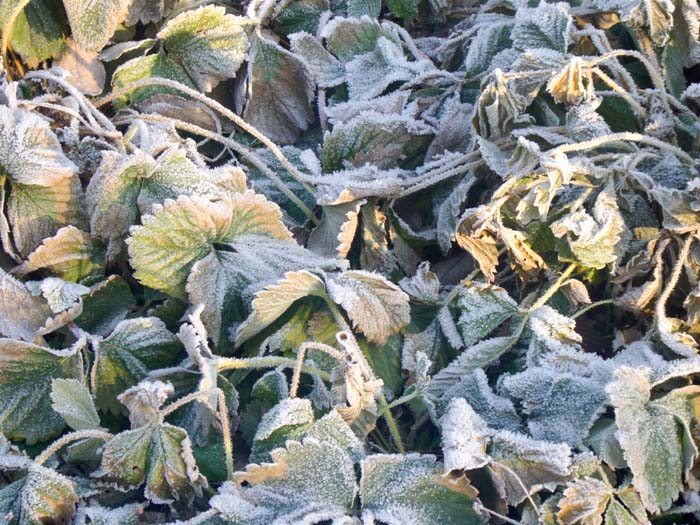
Many strawberries are perennials, which means that they grow back every year.
If that’s your goal, it’s worth your time to think long-term. Prepare the plants to last through the winter by keeping an eye on the temperature.
As soon as the growing season ends, cut back the plants, and add plenty of fertilizer and mulch to protect the plants.
22. Look Into Growing Mounds
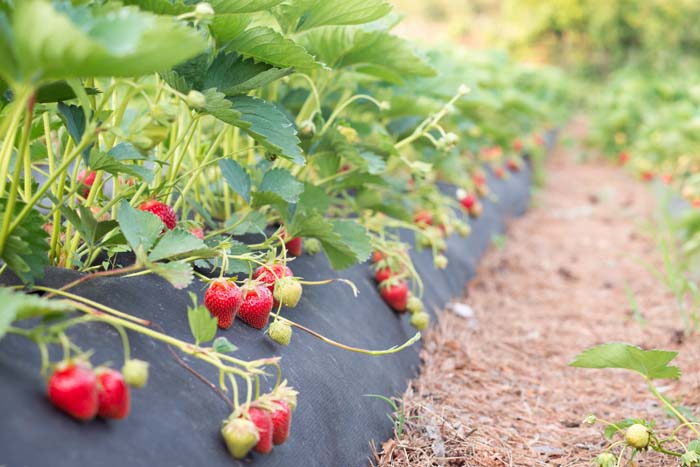
Do you want berries that are large and juicy?
Try planting them in mounds that are 8-10 inches tall and about 24 inches wide.
Make sure to remove the runners as soon as they show up to encourage strong root systems and big berries.
23. Keep Snails and Slugs at Bay
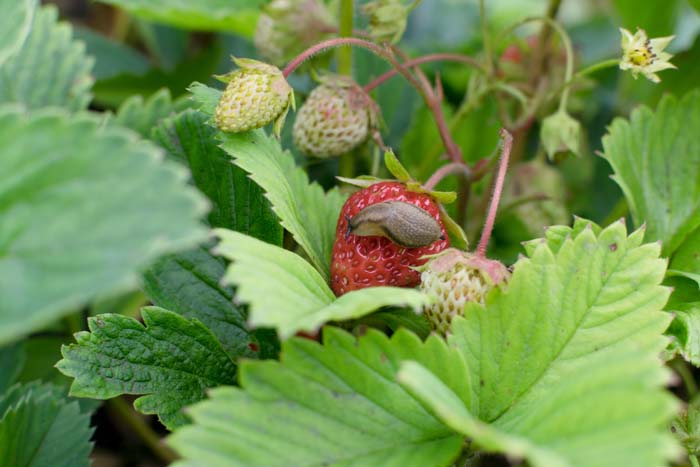
Snails and slugs have a big appetite for strawberries — an unpleasant surprise when it’s time to harvest.
In most cases, a layer of straw is all you need to keep these slimy creatures at bay.
Place it around the base of the plants, and you should be set for the season.
24. Allow Time to Establish Strawberry Plants
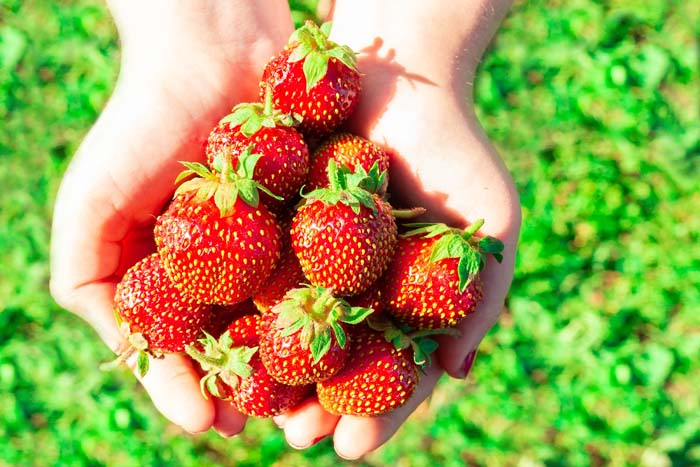
Planting a perennial strawberry crop is a long game.
The easiest way to set yourself up for success is to plan for a no-fruit growing season the first year.
Remove all of the blossoms; that way, the plants use the nutrients from the soil to grow strong, hardy, and ready to produce fruit the following year.
25. Keep Soil Moist
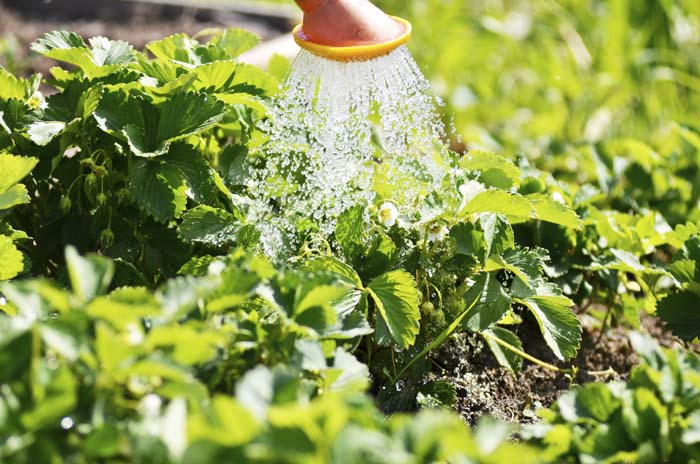
Regular watering is essential for strawberries.
The exact amount depends on your climate; if it’s dry and hot, make sure to water more often.
Regular rainfall can eliminate the need for irrigation.
26. Consider Vertical Growing
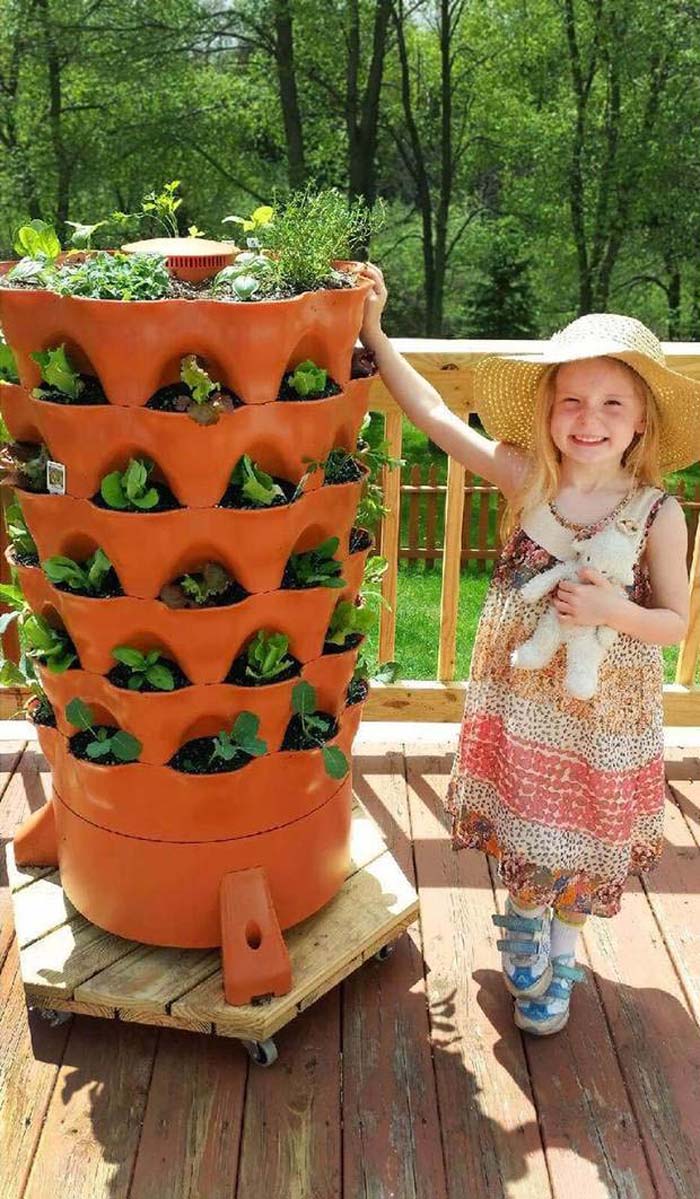
Are you working with a small yard? Try growing strawberries in a vertical tower.
Instead of growing out of the earth, the plants grow out of holes in the tower. It makes harvesting easy, too!
27. Soak Strawberries for Freshness
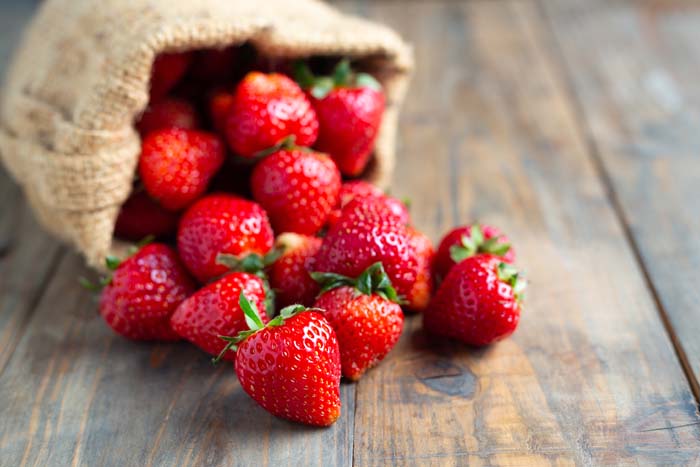
Fresh berries can rot quickly. To preserve the fruits of your labor, try mixing a small amount of white vinegar into water. Soak the berries, remove them, and dry them.
They’ll last up to a week longer this way.





